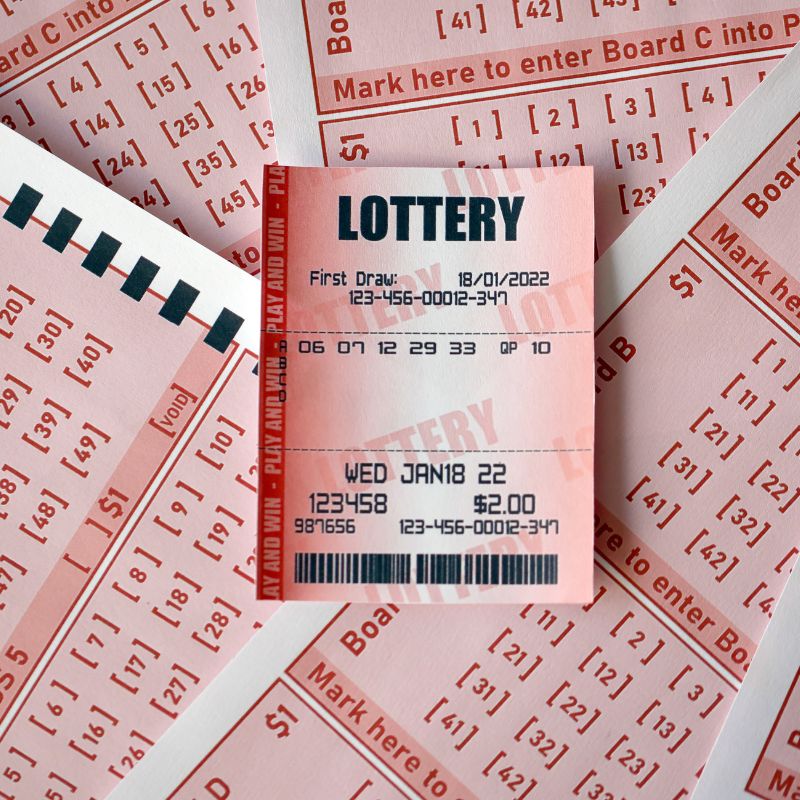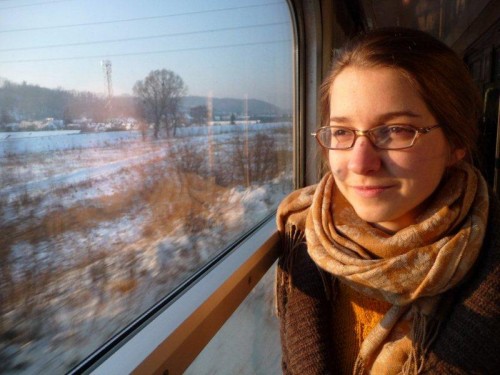
Where to go in Poland
Places I saw and recommend in Poland: Kraków (including side trips to Oświęcim-Auschwitz and the Wieliczka Salt Mine), Gdańsk, Poznań, Wrocław, and the High Tatras Mountain Range.
Gdansk, Poland
It was February 19, 2009 and I was freezing my ass off. It was 10 p.m. in the Gdańsk train station and I was scanning all the bundled people trying to recognize my 24-year-old couchsurfing host, Emilia Łoś. I had seen her smiling photo on her couchsurfing profile, but people don't always look like their photos, especially when they're wearing 17 layers.
Suddenly, Emilia appeared with a big, warm smile and she gave me a hug. I'm not sure if she hugged me because she felt comfortable with me or because she was also freezing. Despite all her clothes, it was obvious that she was skinny, so it's probably because she was cold. Emilia exuded simplicity: her clothes were plain, her soft brown eyes had no makeup, and her straight brown hair was short enough to be manageable, yet feminine. She had a gray birthmark on her right cheek that was easy to get accustomed to. Her most obvious feature, however, was her positive spirit. She giggled and bounced around in a pleasant and endearing way. By the time we arrived to her apartment, I had already concluded, "It's impossible not to love Emilia."
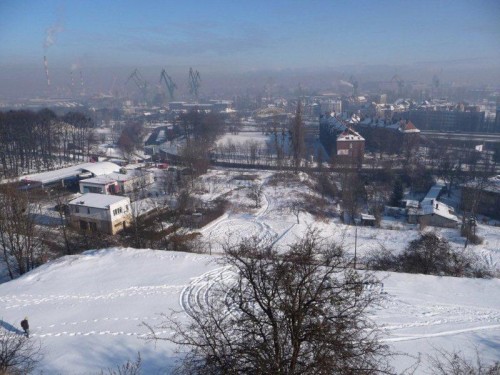 She shared her Gdańsk apartment with two other students. I would be sleeping in the living room on the couch that converts into a bed. From the moment we met, our interaction felt like I was catching up with a long friend that I hadn't seen for a few years. Although it was late, we ended up chatting until 2 a.m. We hugged each other goodnight, and then I crashed on the couch and fell asleep in seconds.
She shared her Gdańsk apartment with two other students. I would be sleeping in the living room on the couch that converts into a bed. From the moment we met, our interaction felt like I was catching up with a long friend that I hadn't seen for a few years. Although it was late, we ended up chatting until 2 a.m. We hugged each other goodnight, and then I crashed on the couch and fell asleep in seconds.
The next morning, Emilia, who was getting a masters degree in biotechnology, had a lab session in the Old Town. She suggested we walk there together via a scenic route. She led me across the snow-filled Góra Gradowa (Hail Mountain), by the Fort Grodzisko, along an old defensive wall that now has open-air history exhibits. We climbed up to a hilltop, where we could look down on the Old Town and the famous Gdańsk shipyards.
Gdansk's Old Town
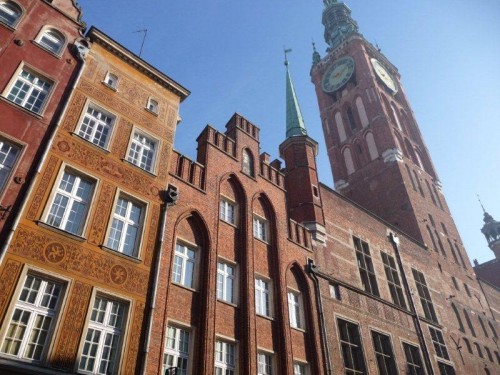 After admiring the shipyards and the Old Town from above, Emilia shouted with smile, "C'mon! Let's go!" She joyfully bounded downhill through the deep powdery snow like a deer. I tried to keep up with her. We eventually arrived in the Old Town, stomped the snow off our shoes, and walked under the Golden Gate. Being from San Francisco, it's clear that Gdańsk's Golden Gate is a bit different from the Golden Gate I grew up with. Their version is a medieval gate a few meters wide that leads you into the walled city. On the other hand, there's one thing the two gates have in common: neither is golden.
After admiring the shipyards and the Old Town from above, Emilia shouted with smile, "C'mon! Let's go!" She joyfully bounded downhill through the deep powdery snow like a deer. I tried to keep up with her. We eventually arrived in the Old Town, stomped the snow off our shoes, and walked under the Golden Gate. Being from San Francisco, it's clear that Gdańsk's Golden Gate is a bit different from the Golden Gate I grew up with. Their version is a medieval gate a few meters wide that leads you into the walled city. On the other hand, there's one thing the two gates have in common: neither is golden.
Emilia suggested visiting the three other city gates: the Green Gate, the Upland Gate, and St. Mary's Gate. Walking to each one makes you crisscross the town so that you see it all. We agreed to meet under the Golden Gate in two hours when her lab would be over. After Emilia left, I spun 360 degrees to look around. There is no doubt, Gdańsk's Old Town is simply magical.
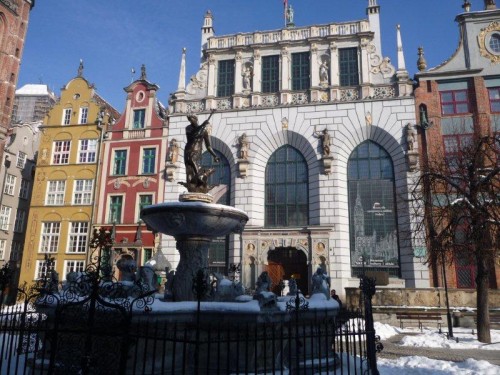 Like Warsaw, Gdańsk was bombed into the Stone Age. However, at least they're honest about it. Right at the Golden Gate's entrance, there are two large black and white aerial photographs of Gdańsk in 1945. It looked like a city-sized elephant sat on the Old Town, flattening it out. It's nice that they put these two photos right up front—it's honest. It's their way of saying, "What you are about to see in the 'Old Town' was all built after 1945. Have a nice day."
Like Warsaw, Gdańsk was bombed into the Stone Age. However, at least they're honest about it. Right at the Golden Gate's entrance, there are two large black and white aerial photographs of Gdańsk in 1945. It looked like a city-sized elephant sat on the Old Town, flattening it out. It's nice that they put these two photos right up front—it's honest. It's their way of saying, "What you are about to see in the 'Old Town' was all built after 1945. Have a nice day."
Following Gdańsk's history is like following a yo-yo
I strolled down the wide pedestrian street, arching my neck to see an enormous cathedral stretch to the heavens. Adorable shops and cozy cafés lined the street. One of the most beautiful sites is Neptune's Fountain. Originally built in 1633, this ornate fountain is surrounded by colorful buildings with paintings and drawings on the exterior of the buildings—every house is a work of art. It's easy to see how Europeans get snobby: their Old Towns are far more beautiful than the typical American town. When I eventually reunited with Emilia, I told her, "Wow! You Polish people really know how to make a marvelous and aesthetically pleasing town! It's absolutely incredible!"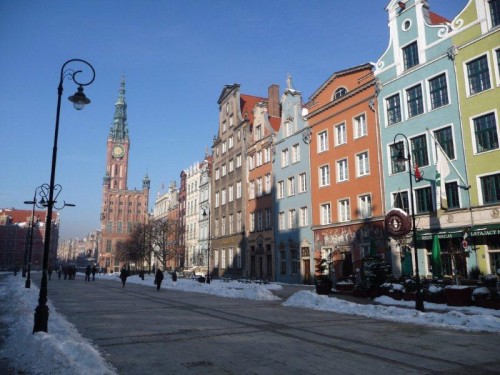
She laughed and said, "Thanks, but we didn't build it! The Germans built it!"
"Huh? What were they doing way out here?"
Then Emilia explained Gdańsk's deep German roots. She said that a few times in history Germany stretched across most or all of what is now Northern Poland. Poland often had just a thin corridor to the Baltic Sea, but sometimes it was completely cut off. Of course! I had forgotten about the period when the Germans wrapped around the entire Baltic coast, all the way to Tallinn (and built that charming Old Town too, by the way).
Following Gdańsk's history is like following a yo-yo. First, the Poles settled around Gdańsk because it's at the delta of their beloved Vistula River (which flows by Warsaw and Kraków). Then the Teutonic Knights (who were basically Germans) grabbed Gdańsk in 1308 and controlled it for about 150 years, until the Poles grabbed it back. Next, the Prussians (who were also basically Germans) snagged it back in 1793. They made it a special region of Prussia, kind of like a big Tax-Free store that you see at airports. It became even more special when it became the Free City of Danzig—an autonomous city like the Vatican. And just like Hong Kong become a vast commercial hub thanks to its special status in the twentieth century, Danzig (Gdańsk) flourished during its German period. Then Poland got it back after WWI. Finally, the Nazis (who were, yes, you guessed it, basically Germans) snatched it again, until a bunch of fighting left their masterpiece of a town in a heap of rubble.
After every war someone has to tidy up. — Wislawa Szymborska, Polish poet
Emilia and I walked back to her flat to have a late obiad (lunch). She cooked up a classic Polish dish: gołąbki (cabbage leaves stuffed with rice and minced meat). It was Friday and she would be going to Olsztyn (Ol-shtin), her hometown, to stay with her parents over the weekend. She wanted to catch the next train, so she could make it in time for kolacja (dinner). She invited me to come along and stay there. I had planned to stay a night in Poznań, but the chance to stay with a Polish family was irresistible. We packed up our stuff and raced to the train station.
We made the train, and as it rumbled to Olsztyn, we passed many streams in the flat landscape. Emilia described some of her camping trips at the nearby Great Masurian Lakes, which are the remains of ancient glaciers. Unfortunately, we didn't have time to go and it was a bit cold anyway. Then suddenly, in the distance, loomed an enormous structure. I said, "Holy shit! What the hell is that thing!?"
"Oh, that's Malbork Castle," Emilia said. "It's the largest Gothic castle in Europe."
"No kidding. It's huge! It sure looks dramatic in the sunset." We passed right next to it. Its monumental towers, high stone walls, long parapets, and wide moat made it a picture-perfect castle. I half expected to see Gandalf riding his white horse on the ramparts.
"Oh, and the Germans built that too!" Emilia giggled.
I mumbled, "Ah yes . . . those industrious little Germans . . . "
"And they destroyed it too!" she laughed. She's basically right, the Teutonic Knights built it over 700 years ago and a Nazi-Soviet battle blew it to pieces in WWII.
This is an excerpt from The Hidden Europe: What Eastern Europeans Can Teach Us. This excerpt also appeared on Velvet Escape. Read my 2004 blog entry: A Promenade through Poland
Recommended reading
Read up about Poland in Wikipedia and the CIA Factbook.
Travel deals to Poland
Check my favorite travel sites:
Interactive map of Poland
View Larger Map
